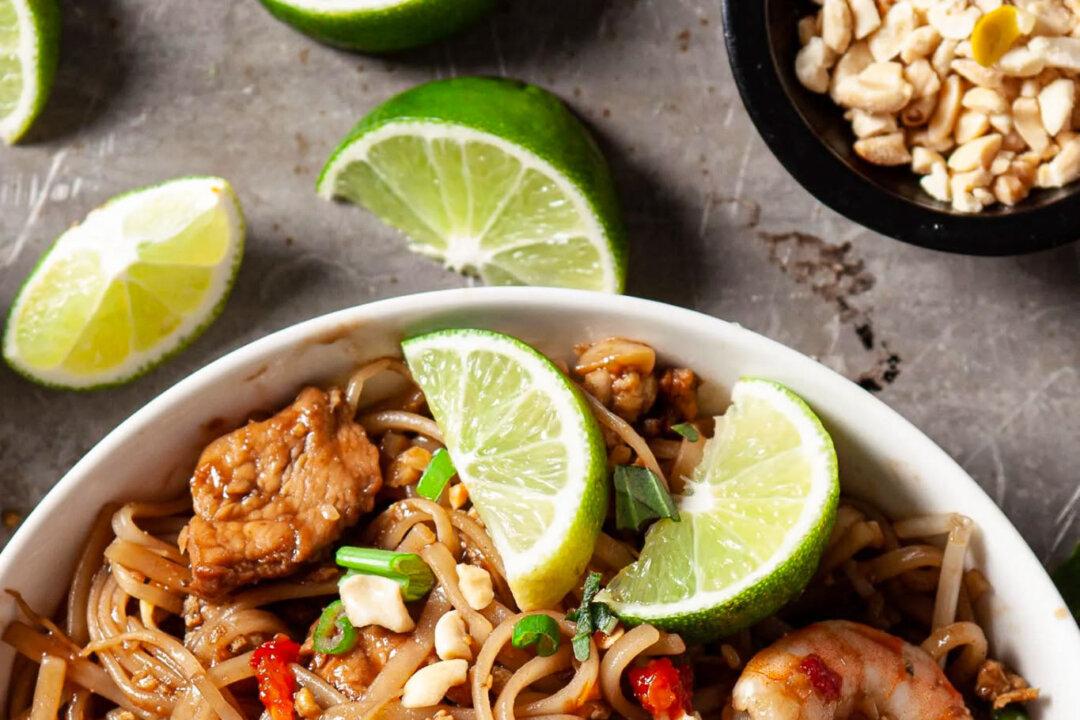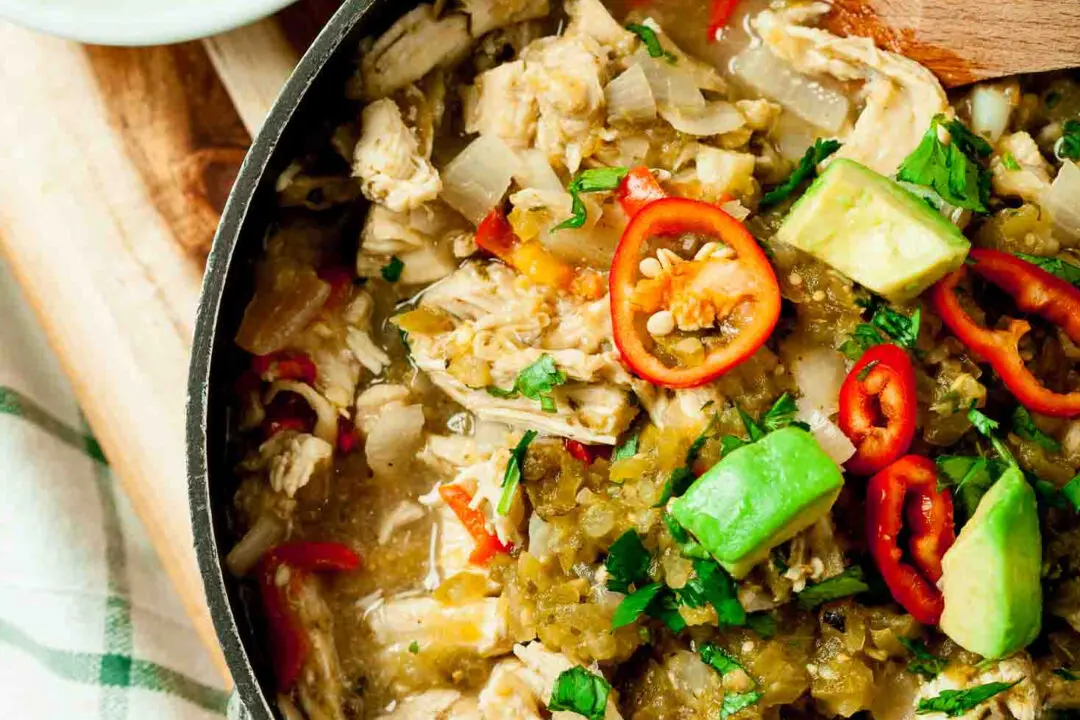What Is Lo Mein?
You’ve seen lo mein on Chinese restaurant menus, and it may even be a regular takeout choice of yours. You know it tastes incredible, but what actually qualifies as lo mein?Lo mein refers to fresh egg noodles that are fully cooked first, followed by a delicious drenching of awesome sauce. Fresh vegetables and/or protein are often added, making it a fabulous meal in one. It’s also a stellar option for meal prep, as it reheats beautifully.
What’s The Difference Between Chow Mein And Lo Mein?
- The main difference between these delicious takeout favorites is in the preparation. Both dishes use Chinese egg noodles, and both are typically tossed with similar proteins and vegetables.
- Though chow mein can be made Cantonese-style with a bit of crunch to the noodles, lo mein aims solely for a soft and chewy texture.
- Chow mein is all about stir-frying everything together in a wok or pan. Lo mein’s star focus is the savory sauce, which is gently tossed together with chewy noodles.
- Here’s our easy chicken chow mein recipe, which can be made with or without the chicken.






